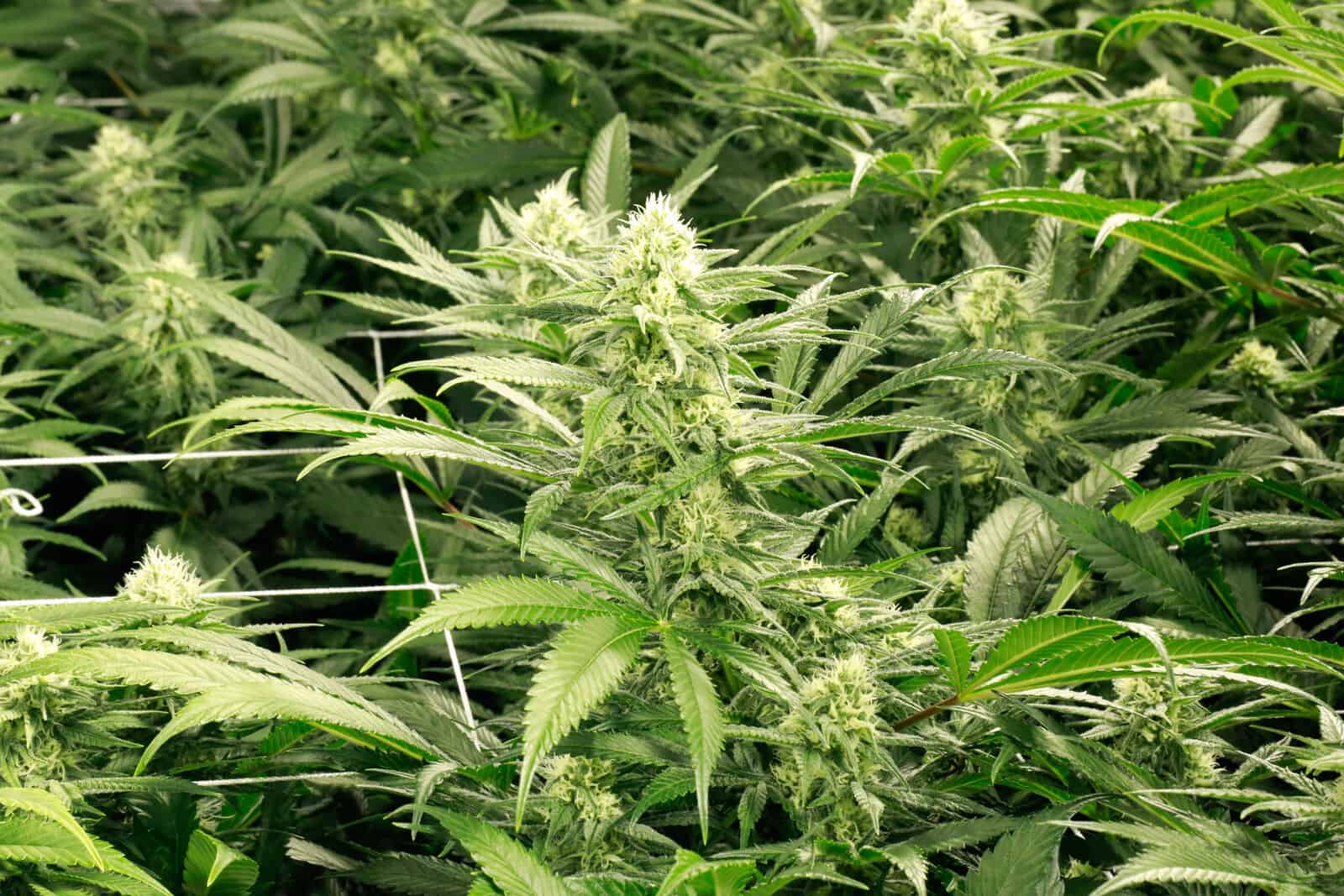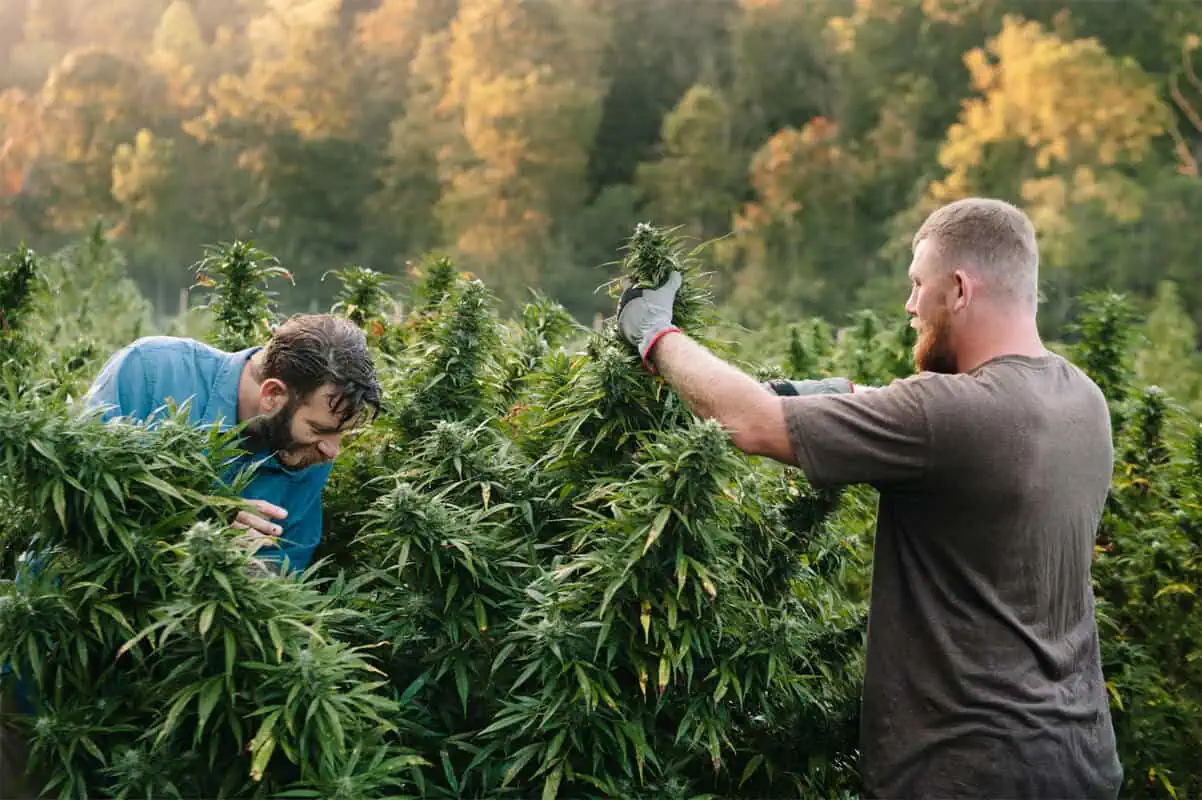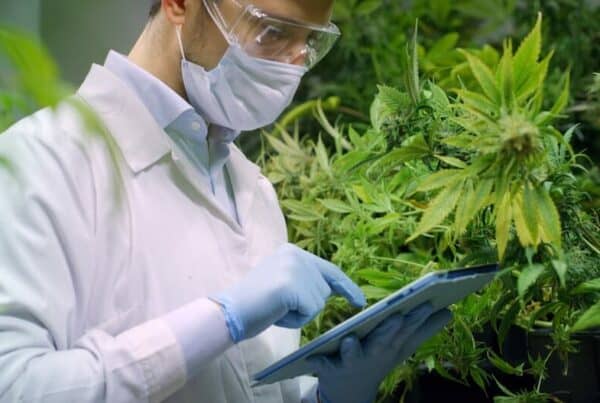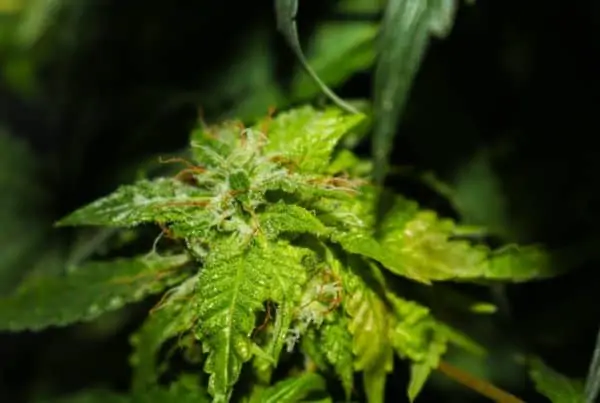TABLE OF CONTENTS
Grow room design for marijuana growing is easy for beginners or advanced gardeners alike. Whether you’re building out a grow room at home or for commercial use, there are a few things you should consider for finding a space for germinating, growing, and harvesting flower.
Designing a marijuana grow room comes with many different options in terms of location, space needed, watering, lighting, ventilation, and more equipment needs. Knowing the components you need can help you understand what goes into an efficient grow room setup.
Location, Location, Location
Grow room design begins with choosing a prime space for cultivation. Greenhouse grows are the most energy-efficient location you can find since they use the sun’s free light and energy over indoor facilities that require lights to compensate.
Regardless of the cultivation method, begin by establishing the number of plants you plan to grow in the space and the type of strain. Different strains may grow short and wide or tall and slender.
Knowing how much space each plant needs to grow can help you decide how you want to set up your grow room. The size of the plant will also dictate the amount of space you need to leave between your lights and plants.
Discretion is crucial when building out any grow room. Unsecured grow spaces are vulnerable to theft. You don’t want to spend all those months tending after a plant, just for it to be stolen under the cover of darkness.
When considering your cannabis grow room space, choose one that can fit all your components needed. Make sure you consider your lighting, ventilation, filtration, and irrigation equipment needed to create a sustainable grow space that’s won’t break the bank.
Ensure your room can remain in absolute darkness without any light leaking. Furthermore, ensure your grow space is close to a water and power source. Grow tents are a popular grow space for indoor home growers growing in soil and hydroponic environments.
From Soil to Oil
Part of growing cannabis involves creating a healthy living environment for your seed and plant. Using living soil and organic nutrients to aid in absorption can help your plants grow flavorful and potent flower buds.
Indoor growers may also use hydroponic mediums that may include a blend with bases of peat, sphagnum, or coco. No matter what soil you use, ensure you use organic and sustainable soils to not only help out the planet but give you better yields.
Best Irrigation Practices
How you water your plant depends on your growing preference. For commercial growers, hydroponic growing is a sustainable and effective cultivation method for multiple reasons:
- Fewer pesticides and herbicides needed
- Faster growing, less water needed
- Lower supply chain costs
Indoor cannabis plants can also be watered by hand, via drip irrigation, and flood tables. Drip irrigation and flood table watering are convenient, automated, and sustainable for commercial cultivation.
HVAC Considerations
Huge energy costs can be attributed to ventilation, dehumidification, and cooling any grow space. For small grows, a small, ductless air conditioner is compact, energy-efficient, and able to heat and cool a room compared to natural ventilation alone.
For larger grow, chilled water systems for temperature and humidity control can save more money over conventional HVAC equipment. Carbon and ozone filters can be added to the exhaust system to reduce the pungent odor.
Lighting
Indoor growing is heavily dependent on lighting since plants are hidden away from natural sunlight. Marijuana plants may need different types of lights during different stages of their life cycle such as fluorescent, light-emitting diode (LED), and high-intensity discharge (HID) lights.
LED lighting is a popular and eco-friendly choice for an indoor grow room setup, small or large. Saving on lighting bills can make a huge difference when plants need hours upon hours of continuous lighting. LED lights are long-lasting and remain cool even after long periods of use. Just make sure there’s enough space between your plant and lights to prevent burning.
Waste Management
Growing cannabis can produce a wealth of shiny, resinous buds, but what they don’t talk about is the amount of organic waste produced, too. If you want to build a sustainable grow space, look into conventional composting or Bokashi fermentation, which involves mixing waste with Bokashi, a compost activator, to create a fermented and nutrient-dense fertilizer.
“
There are over 300,000 jobs in the cannabis industry. CTU trained me for one of them!

Makes $24.50 @ THC +
How to Build Your Own Grow Room
Building your own marijuana grow room to your exact specifications and within your budget can be a satisfying and productive experience. The sheer variety of options available in grow room design can give you free rein over how basic or advanced you need your space.
CTU is a valuable resource for obtaining online cannabis training and certification for growing marijuana at home or for commercial purposes. Signing up for online marijuana school can help you create an optimized cannabis grow room that also saves you money!

Luis Cordova
Luis Cordova is a distinguished author, and renowned expert in cannabis cultivation, who possesses a Master's degree in Plant Biotechnology and Pharmaceutical Science. As a valued contributor to highly esteemed publications such as Cannabis Training University and Maximum Yield Magazine, Luis has emerged as a trusted source of guidance and knowledge in the cannabis industry. Having written thousands of informative articles, Luis is widely recognized for his comprehensive expertise on cultivating cannabis, both indoors and outdoors.












 Jeff was involved in an accident where he endured a traumatic brain injury. He had a week-long stay in ICU where brain surgeons
Jeff was involved in an accident where he endured a traumatic brain injury. He had a week-long stay in ICU where brain surgeons  100% risk free money back guarantee within 48 hours after purchase if student has not completed any of the courses or exams.
100% risk free money back guarantee within 48 hours after purchase if student has not completed any of the courses or exams.